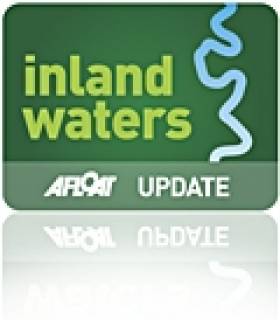Displaying items by tag: Phibsborough
Waterways Ireland Begin Work on the Royal Canal in Dublin
The work which requires the dewatering of the canal will remove sediment and rubbish deposits from the central navigation channel before the construction of a new impervious lining to the canal. All material removed from the canals will be transported to licensed disposal facilities. Restoration of the existing towpath walls will also be undertaken to heritage approved standards.
Environmental surveys have been undertaken in full compliance with the regulatory authorities along with the planned removal of all fish to be carried under licence before onsite work begins.
A Traffic Management Plan will be agreed with Dublin City Council and implemented to keep traffic disruption to a minimum. Works are due to be completed by year end.
To facilitate works, the Royal Canal will be closed to navigation from 19 September 2011. The towpath from Lock 6 to the Liffey Junction Bridge on the north side and the Shandon Park area on the south side of the Canal will be closed for the duration of the contract. Following consultation and agreement with residents, a temporary roadway and bridge will also be constructed to provide access for the Coke Oven Residents through Shandon Park. This access will be suitable for emergency vehicles.
An engineer will be full time in attendance for the duration of the contract to ensure that issues which arise are dealt with in a prompt and efficient manner. For further information on the project please visit the Waterways Ireland web site www.waterwaysireland.org and check out the 'Navigation Information, Planned Works' page.





























































